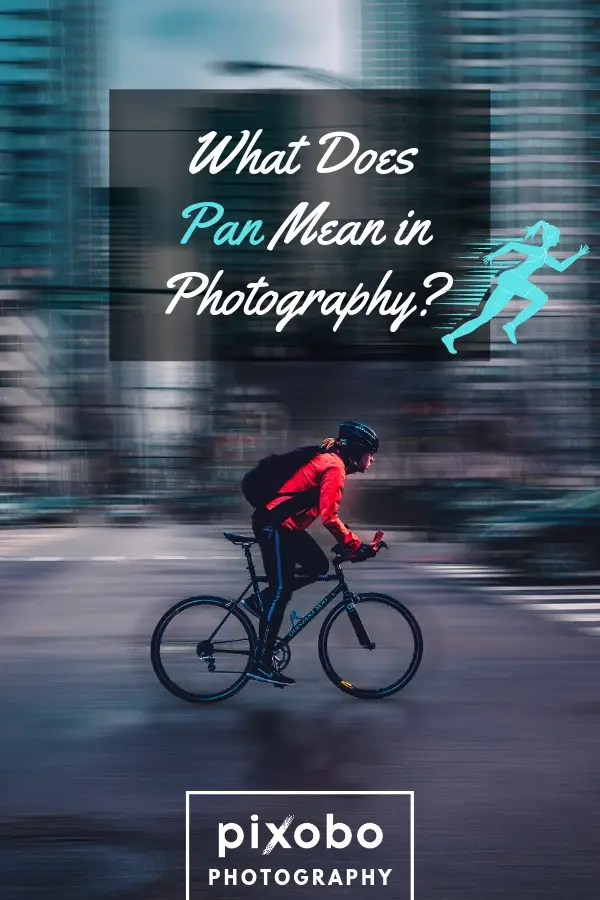Many times, you’ve heard the word ‘pan’ or ‘panning’ in photography. Trust me it has nothing to do with a frying pan.
So, what does pan mean in photography? Panning represents a horizontal movement of the camera in order to scan and capture the moving object. Simply put, when a moving object moves in a certain pattern, photographers use the panning technique to synchronize the camera movement to the movement of the subject. This allows for pretty accurate capture of a moving subject and is used for capturing moving cars, animals, trains, etc.
But, how do you implement this technique into your photography routine and…well, what exactly is the purpose of panning?
Table of Content
The Purpose of Panning
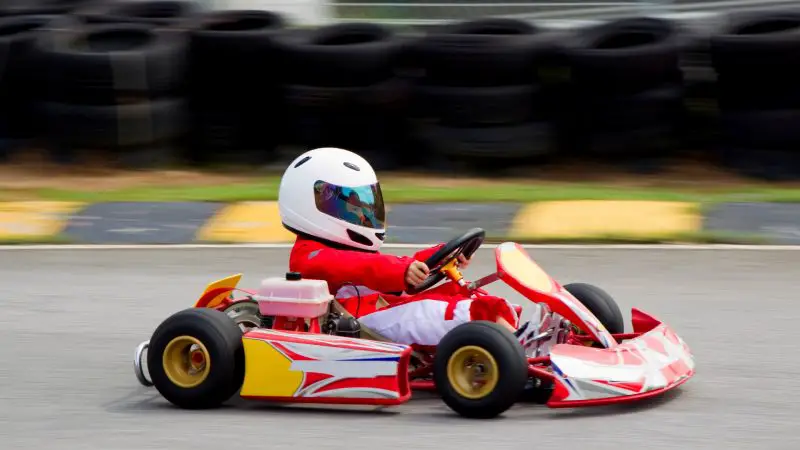
So, what is the purpose of panning?
As we mentioned before, this technique is used to capture moving subjects without blurring them. The classic example of this is a car moving at a fast speed with the blurred background and preserved details on that car. If you ever saw a picture like that, it’s done by using the panning technique.
Related: Learn How To Take Amazing Motorcycle Photography
The whole purpose of panning is to make you feel the motion and speed of the object, without losing additional details on the photo.
Usually, the panning can be done using either slow or fast shutter speeds. If you try using slow shutter speeds, you’ll achieve the effect we mentioned before. The subject will remain detailed, but the background will become blurry. On the contrary, using fast shutter speeds while panning will have drastically different consequences. While the background will still remain a bit blurred, the object will suffer from blurriness and all the details will be gone.
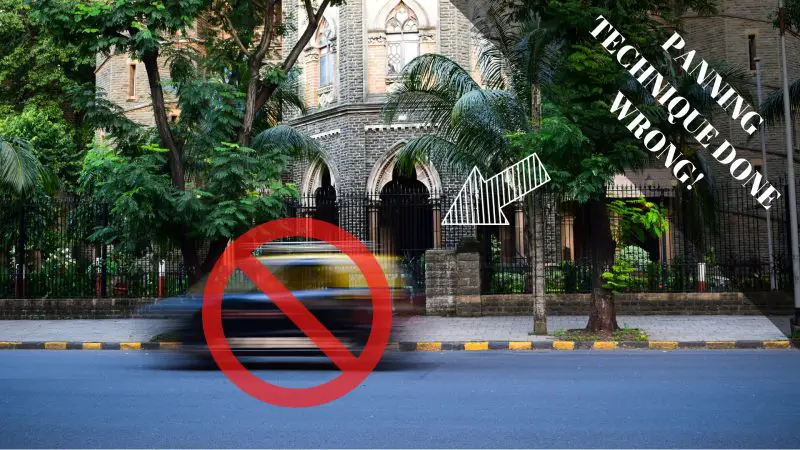
In photography, both of these effects have a purpose, yet if you plan to go with the low shutter speed, make sure your camera is stationary. Yes, it’s not panning, but you can achieve the effect where the moving train is blurred and the background is crystal-clear.
Nonetheless, panning is best done using high shutter speeds and that’s how we’ll assume you’re doing it.
How to Use Panning in Photography
We’ll examine some of the classic panning scenes and give you some brief tips on how to use panning in photography.
-
Start With the Slower Shutter Speeds
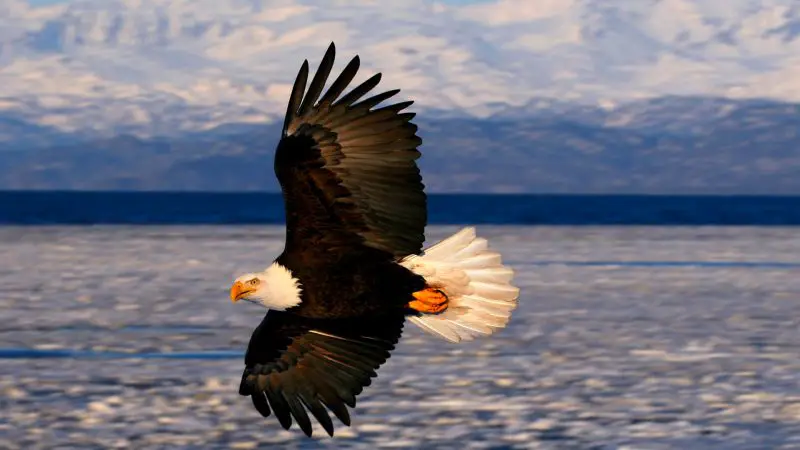
In panning, it’s all about using the right shutter speed for your needs. It’s always better to start with a bit slower shutter speed and climb as you see fit. Very slow shutter speeds are excellent for blurring those moving objects, but they’re not useful if you want to keep the moving object sharp and blurring the background at the same time.
So, what value should you start from?
My recommendation is that you begin with 1/30 of a second. While this shutter speed isn’t optimal by any means, it represents a sweet spot for starting and experimenting a bit.
Of course, it depends on the light and the speed of your subject. If you’re in the low-light conditions and your subject is moving really fast, you need to drastically alter your settings. However, we’re talking about anything ranging from 1/60 to 1/8 seconds. But, using very slow shutter speed will end up in a camera shake, accompanied by the motion blur.
-
Utilize Tripod for a Better Stabilization
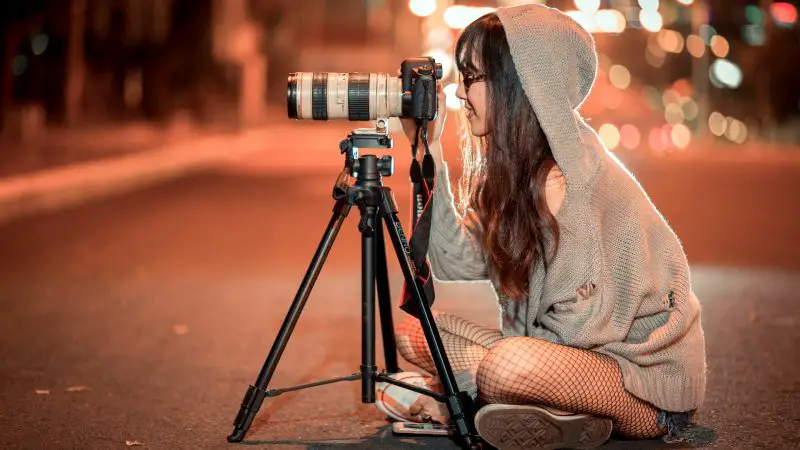
When capturing the moving subject, you can either choose to do it manually or use some means for stabilization. The goal of the panning is to track your subject steadily and avoid any vertical movement. If you’re tracking someone riding a bike, your camera should move only in a horizontal plane, and definitely not vertical.
Related: Shooting Horizontal Vs. Vertical Images: A Helpful Guide
In this case, you can take advantage of a tripod or either a monopod. This also applies to the objects that move at a high speed. While capturing a slow-moving vehicle can be done manually, tracking something that’s really fast is almost impossible.
Should you use monopod or tripod, depends on the scene itself. I would always go with the tripod as it’s a bit more stable, especially if you’re using a longer lens. Oh, and also don’t forget the swiveling head! If your tripod doesn’t have one, it’s not useful.
-
Don’t Obstruct Your View of the Subject
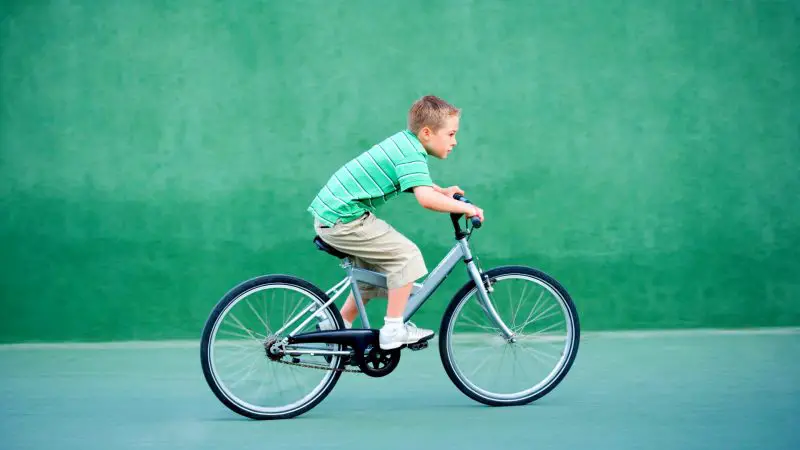
It’s important that your object stays in the focus all the time. Obstruction the object that you want to track can lead to additional blur and that’s something you definitely want to avoid. When you use the panning technique, it’s also important that your background doesn’t have a lot of colors or shapes.
The reason for this is that it’s proven that they can cause distraction, especially when we talk about strongly-accentuated colors and shapes.
Ideally, you want to stick to plain backgrounds or single-colored ones. Not only that your subject will remain in the focus, but it’ll be easier for you to track it.
-
Use the Flash
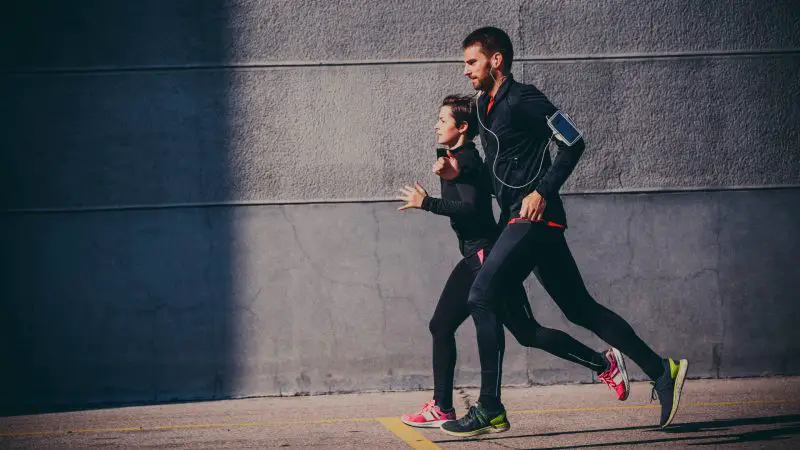
The power of the almighty flash can make your photos look bit sharper and crisp. However, cranking up your flash would also result in a photo that lacks detail and highlights. The best way to utilize flash is to set your Speedlight for rear curtain sync. This will allow your flash to fire at the end of the exposure.
If you combine this technique with lower shutter speed, the result can be breath-taking. The blur effect will make the scene’s ambient light look nicer and will freeze the subject’s movement at the end of the light flow.
Using the flash is not always necessary, though. Sometimes, when shooting your subject in daylight or in the golden hour, the flash is completely futile. And in most cases, you won’t need to boost its strength all the way up – that’s quite important to remember!
Related: Flash Photography Tips: How to Get Better Lighting with Camera Flashes
-
Pan the Subject After Releasing the Shutter
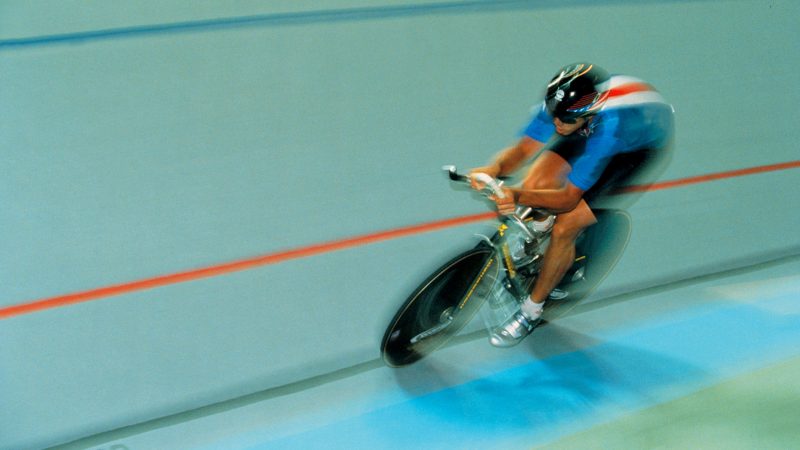
Panning is done all the way through the subject’s movement. And even after you release the shutter, you should still follow your subject. But, before you even release the shutter, it’s important that you do it as gently as you can. If you just press your shutter in the same manner as you would do it when taking a stationary photo, you can get a camera shake.
To avoid this, simply release the shutter slowly and even after you’ve heard that the shot is complete, continue following the subject. This will ensure that the motion blur remains smooth from start to finish, avoiding anomalies and glitches in your photo.
-
Beware of the Shutter Lag
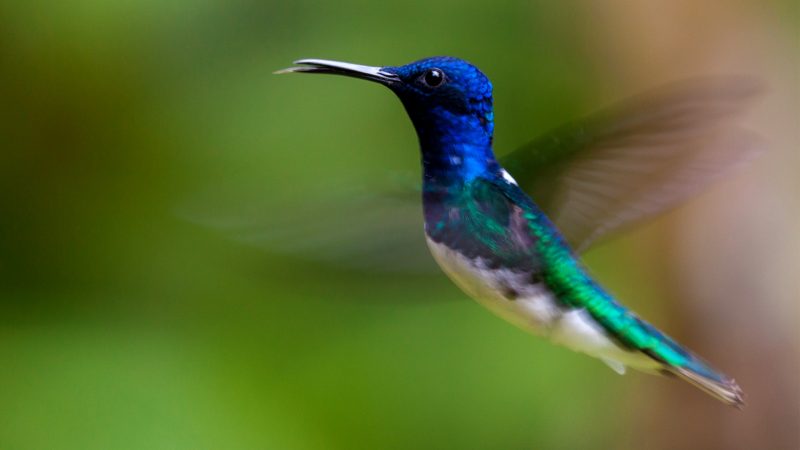
If you’re trying the panning technique with a slightly older digital camera, you can experience so-called shutter lag. Shutter lag is a common problem in photography and it’s a situation in which you press the shutter and there’s a delay between that moment and the moment the photo is taken.
Not every camera is able to take a photo the exact same moment you press the shutter, which is called shutter lag. Unfortunately, there isn’t an exact solution to this problem.
Buying a new camera and replacing the old one is surely a great thing to do, but you can also develop a sense for your shutter lag. By learning how to anticipate when will your camera take a photo, you can improve your photo quality drastically. Here, it’s very important that you pan your subject AFTER you’ve taken the photo.
Is Panning an Advanced Technique in Photography?
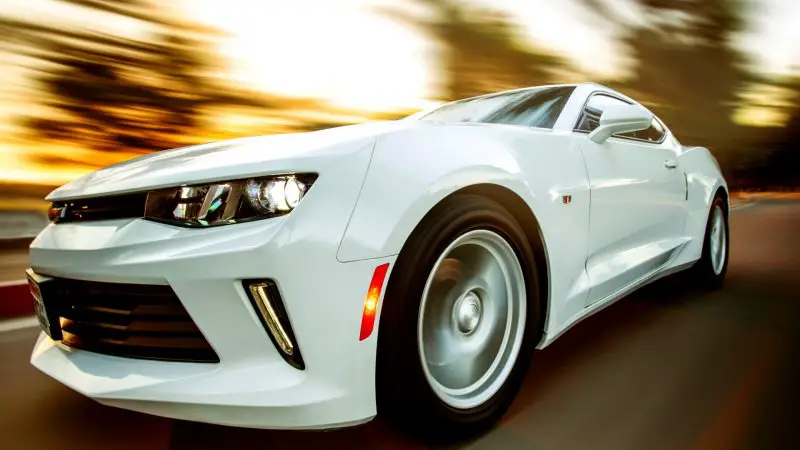
Yes. It definitely is. If you’re a newbie in the world of photography, you shouldn’t even bother trying this technique. Even those experienced photographers can really struggle to get a perfect photo using panning, as it can be very frustrating and time-consuming. I’m not saying that it can’t be fun, but before all the fun begins, there’s a lot of practice.
The important thing is to start practicing and capturing moving subjects whenever you can.
For example, you can always get outside and shoot some moving cars or even animals in your local park. A moving dog can represent a great opportunity and lots of people walk their dogs.
The important thing to remember is that a perfect pan photo doesn’t exist! Yes, you’ve read that well – it does not exist. The sole purpose of panning is to take a photo of a moving subject and making it as sharp as possible.
That doesn’t mean that it will be sharp, but it will be as sharp as it can possibly be, given the conditions in which you take a photo.
Now that you know what panning represents in photography, I think it’s time to devote some time to learning new stuff. This technique, being both frustrating and fun, can bring your photography skills to a whole new level. And if we think about it, we have numerous opportunities for practice, as we’re surrounded by moving objects on a daily basis.
With time, you’ll develop your feeling for this technique and you can utilize it on every moving object that you see. After all, mastering photography techniques is all but simple. And panning… it’s definitely one of the most complex techniques out there!
